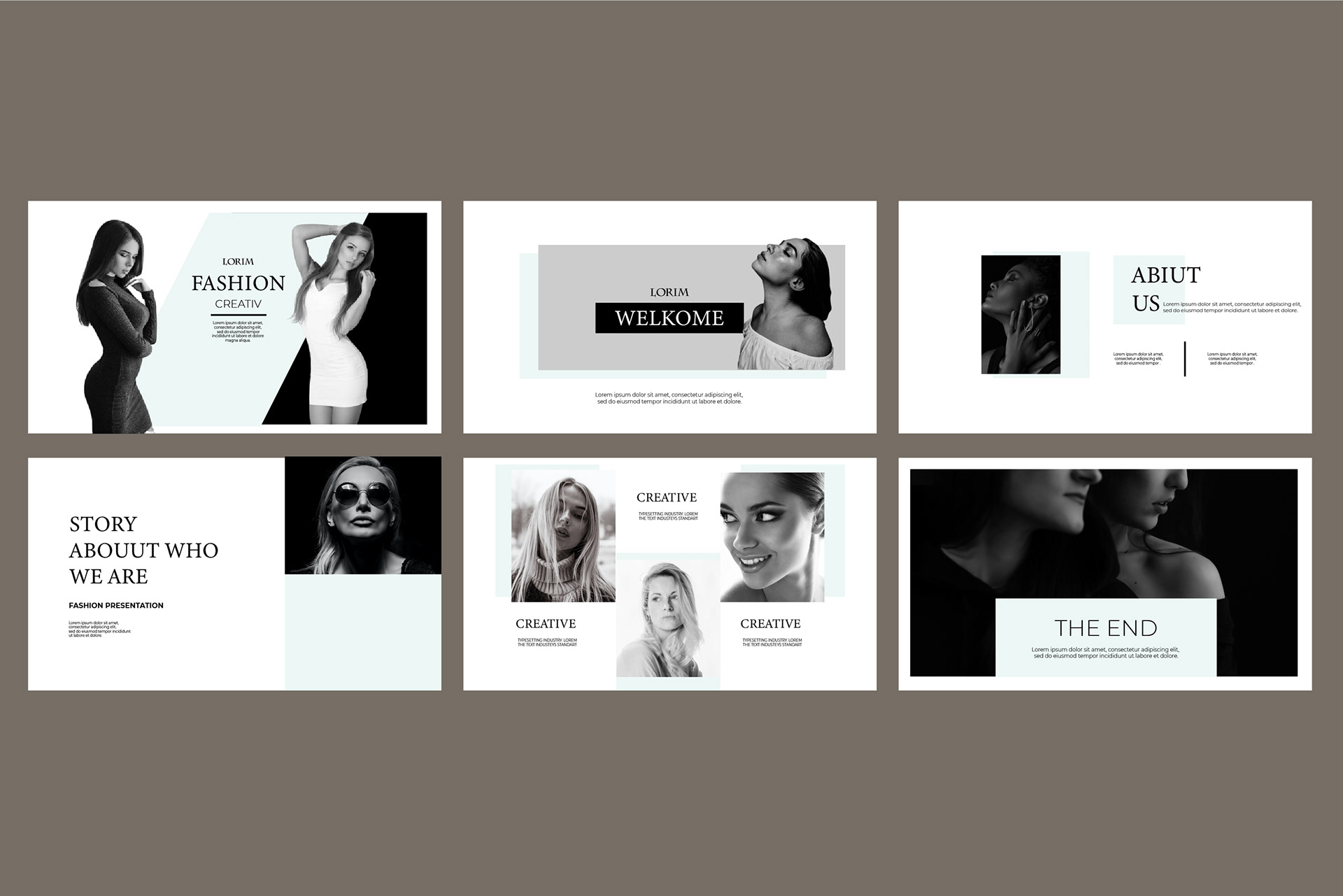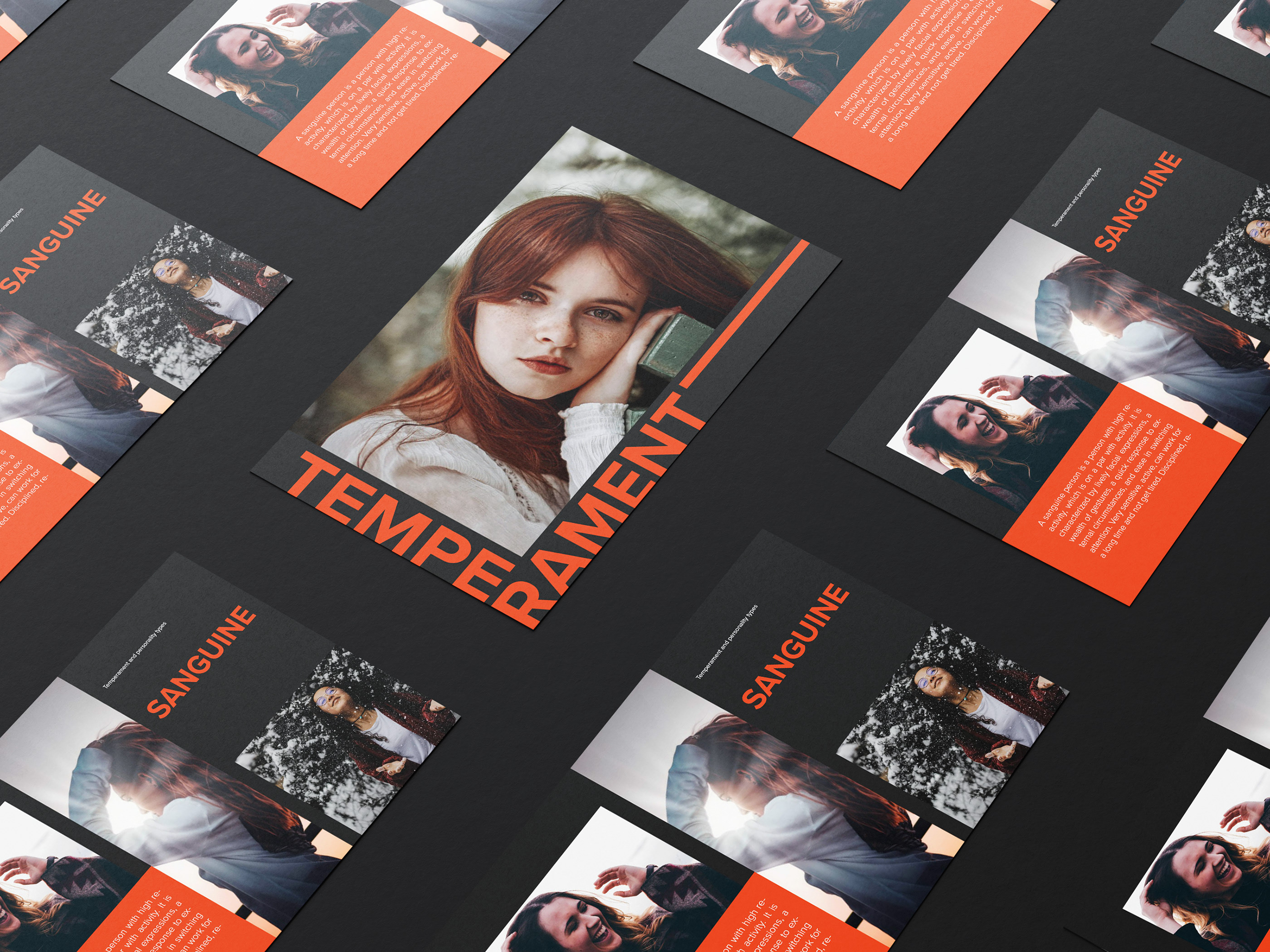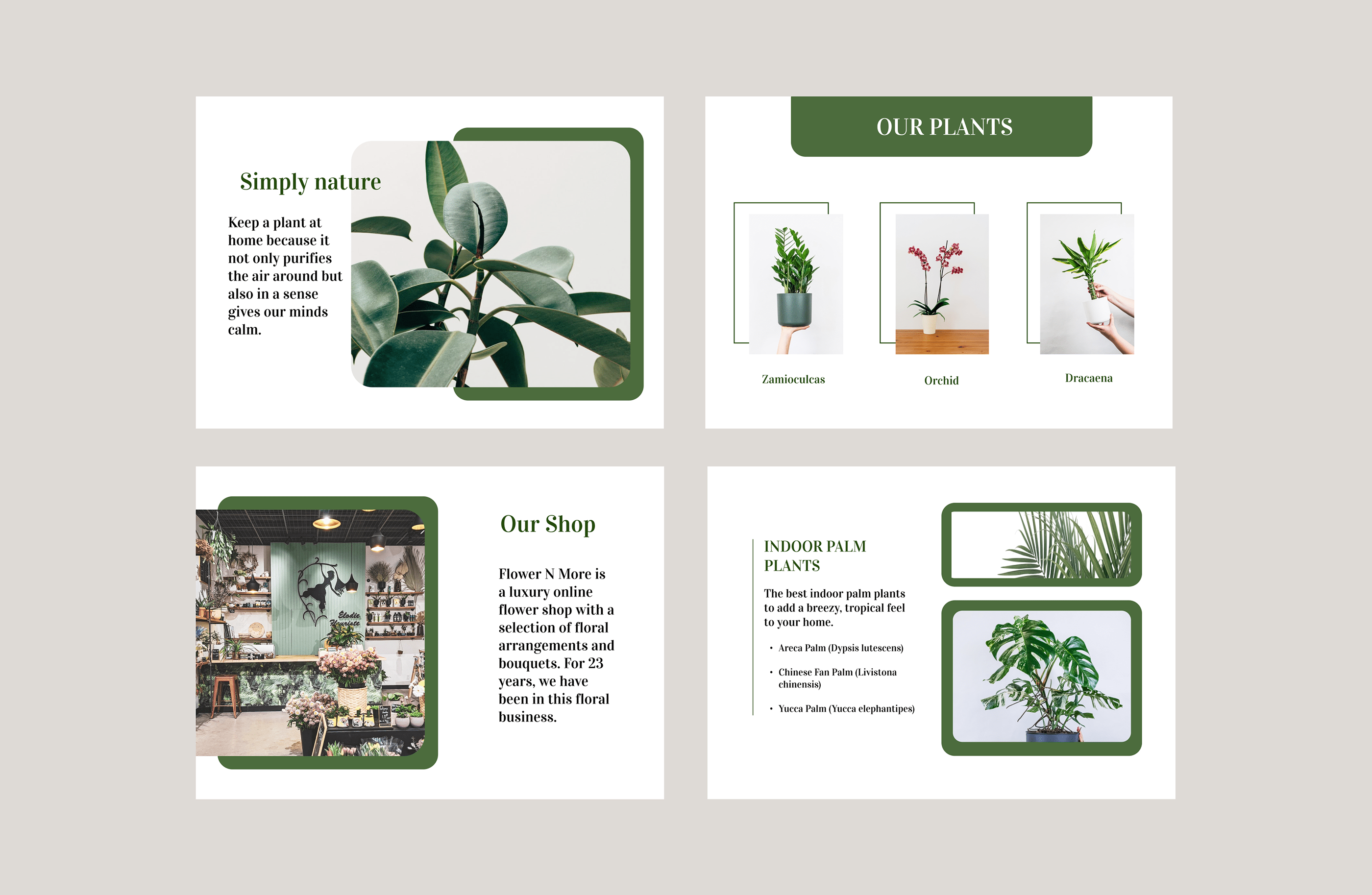In the dynamic world of creative work, showcasing your projects effectively is crucial to attract potential clients, collaborators, or employers. Behance, a popular online platform, serves as an excellent vehicle for sharing your portfolio and making a lasting impression. This guide will take you through the essentials of mastering your project presentation on Behance to captivate your audience and elevate your professional presence. Let’s dive in!
Understanding Behance

Behance is a platform tailored for creative professionals and artists to display their work, connect with other creators, and explore job opportunities. Owned by Adobe, Behance is well-integrated with other Adobe products, making it a go-to space for designers, photographers, illustrators, and more. Here’s a closer look at what makes
- User-Friendly Interface: Navigating Behance is straightforward. You can quickly upload images, videos, and even animation to showcase your project without any technical hassles.
- Community Engagement: Behance isn’t just a portfolio site; it’s a vibrant community where creatives can comment on, appreciate, and share each other’s work. This interaction is invaluable for building connections.
- Curated Projects: Behance features curated galleries that highlight exceptional projects. If your work gets chosen, it’s an excellent way to get noticed by a wider audience.
- Networking Opportunities: With thousands of creative professionals on the platform, Behance opens doors to collaborations, job offers, and professional growth, helping you expand your reach.
- Showcase Diverse Skills: Whether you're a graphic designer, a motion artist, or a photographer, Behance allows you to present different types of projects all in one place.
In short, understanding the core aspects of Behance can enhance how you present your work, ensuring you stand out in a crowd of talented individuals. Ready to dive deeper? Let’s explore how to make your project presentations shine!
Also Read This: Guide to Creating Pregnancy Videos Available on Dailymotion
Preparing Your Project

Getting ready for your project presentation on Behance is more than just uploading your work; it’s about creating a captivating narrative that draws your audience in. Here are some steps you can follow to ensure your project is well-prepared:
- Know Your Audience: Understand who you’re presenting to. Are they art directors, potential clients, or fellow creatives? Tailor your message to their interests and expectations.
- Craft a Compelling Narrative: Your project should tell a story. Start with the inspiration behind it, describe the process, and end with the final outcome. This creates a flow that keeps viewers engaged.
- Organize Your Content: Structure is key. Use headings and subsections to break down your project into digestible parts. Think of it as a mini-table of contents.
Next, focus on the details:
- Highlight Key Features: Point out what sets your project apart. Maybe it was a unique challenge you faced or innovative techniques you used.
- Collect Feedback: Before going live, share your project with a trusted group for feedback. Their insights can help identify potential improvements.
- Proofread: Finally, ensure there are no typos or grammatical errors. A polished presentation reflects professionalism.
By preparing thoroughly, you not only showcase your work but also communicate your passion and expertise effectively!
Also Read This: How to Add a Video to Behance: Uploading Multimedia to Enhance Your Projects
Designing Engaging Visuals

Visuals play a critical role in capturing the attention of your audience on Behance. It’s not enough to merely present images; you need to design them in a way that enhances your storytelling. Here’s how to create visuals that engage:
- Use High-Quality Images: Crisp, clear images are a must. Invest time in editing your photos to ensure they reflect your best work.
- Incorporate a Consistent Style: Select a color palette and typography that harmonize throughout your project. This consistency creates a cohesive look that is visually appealing.
- Create Infographics: Sometimes, data can tell a story better than words. Incorporate charts or graphs to illustrate key points or findings.
Here are some design tips to consider:
| Tip | Description |
|---|---|
| Whitespace | Don’t overcrowd your visuals. Whitespace helps in making elements stand out. |
| Visual Hierarchy | Use size, color, and layout to guide the viewer's eye toward the most important elements. |
| Interactive Elements | If applicable, consider adding links or videos that allow viewers to further engage with your project. |
By focusing on these strategies, you will create visuals that not only complement your work but also captivate your audience, making your project unforgettable!
Also Read This: How to Become an Adobe Stock Photo Contributor
5. Writing Compelling Descriptions
When it comes to captivating your audience on Behance, writing compelling descriptions is a game changer. Think of your description as a story that not only showcases your project but also resonates with your viewers. Here are some tips to do just that:
- Be Authentic: Share the real story behind your project. What inspired you? What challenges did you face? This personal touch allows your audience to connect with you on a deeper level.
- Use Clear Language: Avoid technical jargon that might alienate your readers. Use simple, clear language so everyone can understand the essence of your work.
- Highlight Key Features: Make sure to spotlight the best parts of your project. Use bullet points or short paragraphs to emphasize any unique elements or innovative solutions you’ve employed.
Remember, your description should not only inform but also engage. Try to evoke emotions; if your project has an impactful message, make sure to convey that clearly. Adding imaginative words can help, but steer clear of clichés. Discuss what makes your project different and how it relates to the audience’s interests.
Finally, a strong call to action (CTA) at the end can encourage viewers to interact. Whether it’s inviting feedback or suggesting they follow you for future projects, a well-placed CTA can make a significant impact.
Also Read This: Stylish Ways to Wear Net Saree on Dailymotion
6. Utilizing Tags and Keywords Effectively
Utilizing tags and keywords effectively on Behance is vital for increasing your project's visibility. The platform is a vast repository of creativity, and using the right tags can help your work get discovered by the right audience. Here’s how to optimize your tagging strategy:
- Be Relevant: Choose tags that accurately represent your work. Think about what terms your target audience might search for and include those.
- Use Popular Terms: Research trending tags in your niche. Tools like Google Trends or Behance's own search feature can provide insights into relevant keywords that are gaining traction.
- Aim for Variety: Don’t just stick with one or two tags. Use a mix that includes both broad and niche-specific terms. For instance, if you’re showcasing a graphic design project, you might use tags like "graphic design," "branding," and "illustration."
A well-thought-out tagging strategy can help support your project in the crowded marketplace of Behance. Tags essentially serve as your project’s roadmap, guiding potential viewers toward your work. The more thought and strategy you put into your tags, the more likely you are to stand out and captivate your audience.
Also Read This: Ultimate Guide to Downloading from Adobe Stock for Free
7. Promoting Your Project
Once you’ve put all that hard work into your project presentation on Behance, it's time to shine a spotlight on it! Just like any great artist needs a canvas, your project needs an audience to truly come alive. Here are some tips to effectively promote your project:
- Leverage Social Media: Utilize platforms like Instagram, Twitter, and LinkedIn to share snippets of your project. Use attractive visuals and engaging captions that encourage your audience to check out the full presentation on Behance.
- Connect with Influencers: Reach out to influencers in your niche. A simple share or mention can drastically improve your visibility.
- Join Related Groups: Participate in online communities or groups that align with your project topics, and don't hesitate to share your work there in an informative manner. Ensure to follow group rules!
- Utilize Behance’s Features: Make sure to use Behance’s built-in sharing tools. Use tags wisely when uploading to categorize your work for better discovery.
- Email Newsletters: If you have a mailing list, showcase your project there. A well-crafted email with visuals can be a powerful tool.
Remember, it’s all about creating buzz and drawing attention to your project. So, don’t be shy—share it far and wide!
Also Read This: Overlaying an Image in iMovie
8. Engaging with the Behance Community
Engaging with the Behance community is crucial for building connections and further refining your craft. When you’re active and involved, not only do you get noticed, but you also open the doors for feedback and collaboration. Here’s how to dive into the community:
- Comment on Other Projects: Take the time to leave thoughtful comments on projects you admire. This shows appreciation and can lead to others checking out your work in return.
- Follow Other Creatives: Follow artists whose work inspires you. Build relationships by liking and sharing their projects. You’ll gain insights and possibly even mentorship!
- Participate in Challenges: Keep an eye out for community challenges or collaborations within Behance. This is a great way to gain exposure and connect with other artists.
- Share Your Insights: If you have tips or experiences to share, consider writing a small blog post on Behance. Contributions like this can help establish you within the community.
- Join Discussions: Participate in forums and discussions about industry trends and challenges. Engaging in dialogue is a great way to make your voice heard.
By engaging with fellow creatives, you not only expand your network but also enrich your own journey as a designer. Remember, it’s a community built on collaboration and inspiration!
Mastering Project Presentation on Behance to Captivate Your Audience
Presenting your projects on Behance can significantly enhance your visibility as a creative professional. To stand out in this vibrant community of artists, designers, and innovators, it's essential to master the art of presentation. Below are some effective strategies to captivate your audience:
- High-Quality Visuals: Use professional-grade images and videos to showcase your work. Ensure that your visuals are high-resolution and appropriately lit to enhance their aesthetic appeal.
- Engaging Project Title: Craft a catchy title that immediately reflects the essence of your project. This can spark curiosity and encourage viewers to explore further.
- Compelling Descriptions: Write concise and clear descriptions that explain your project's objectives, challenges, and solutions. Use bullet points for key achievements to improve readability.
- Case Studies: If applicable, present your project as a case study. Describe the problem, your approach, and the outcome. This adds depth and helps potential clients or collaborators understand your thought process.
- Interactive Elements: Consider integrating interactive elements like GIFs, before-and-after sliders, or clickable prototypes that engage the audience better than static images alone.
Additionally, ensure that your project layout is clean and visually balanced. Use whitespace effectively to avoid overwhelming viewers with information. Utilize Behance's built-in tools such as custom thumbnails, tags, and projects collections to categorize your work and make it easily searchable.
| Element | Best Practices |
|---|---|
| Visual Style | Consistent color palette and typography |
| Content Structure | Logical flow from introduction to conclusion |
| Engagement Tools | Comments and interactions to encourage feedback |
By following these tips, you can create a project presentation on Behance that not only showcases your talents but also resonates with your audience, turning casual viewers into potential collaborators.
 admin
admin








